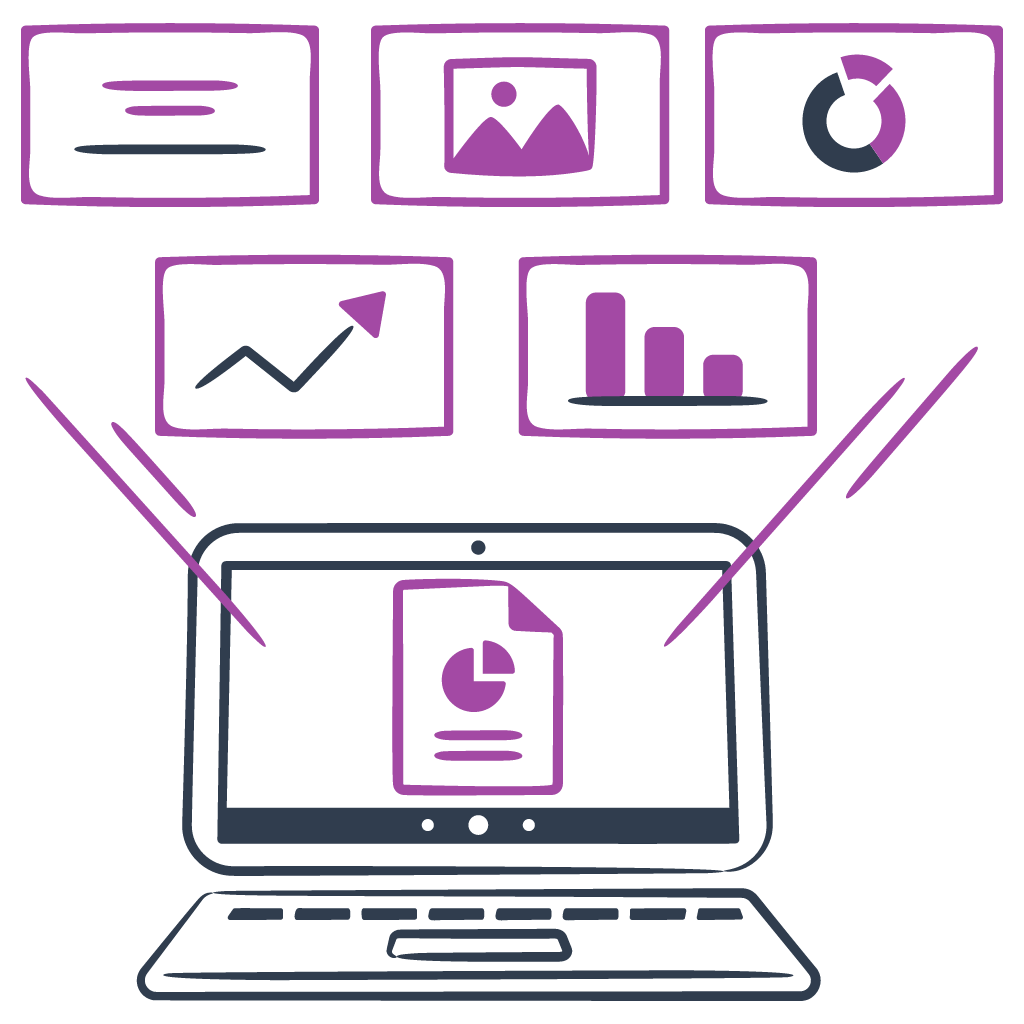In the realm of data-driven decision-making, the power
of data Visualisation cannot be overstated. Whether
you're presenting insights to your team, clients, or
stakeholders, well-crafted Visualisations can turn
complex data into a clear and compelling story.
In this article, we'll explore essential tips for
creating data Visualisations that are both engaging and
informative.
1. Know Your Audience
Before you start creating your data Visualisations, it's
crucial to understand who will be viewing them. Tailor
your Visualisations to match the level of expertise of
your audience. Are they technical experts or
non-technical individuals? This knowledge will influence
the choice of visuals, terminology, and complexity of
the data displayed.
2. Choose the Right Visualisation Type
Different types of data call for different Visualisation
techniques. Bar charts, line graphs, scatter plots, and
pie charts all have specific use cases. Select the type
that best represents your data's relationships, trends,
and comparisons.
3. Simplify and Focus
Cluttered visuals can confuse rather than clarify. Keep
your Visualisations clean by focusing on the most
important data points. Eliminate unnecessary labels,
gridlines, and decorations that can distract from the
main message.
4. Utilize Colour Wisely
Colour can enhance visual appeal and highlight patterns,
but excessive use can lead to confusion. Stick to a
limited colour palette and use contrasting colours to
differentiate data elements. Ensure colour choices are
accessible to individuals with colour vision
deficiencies.



